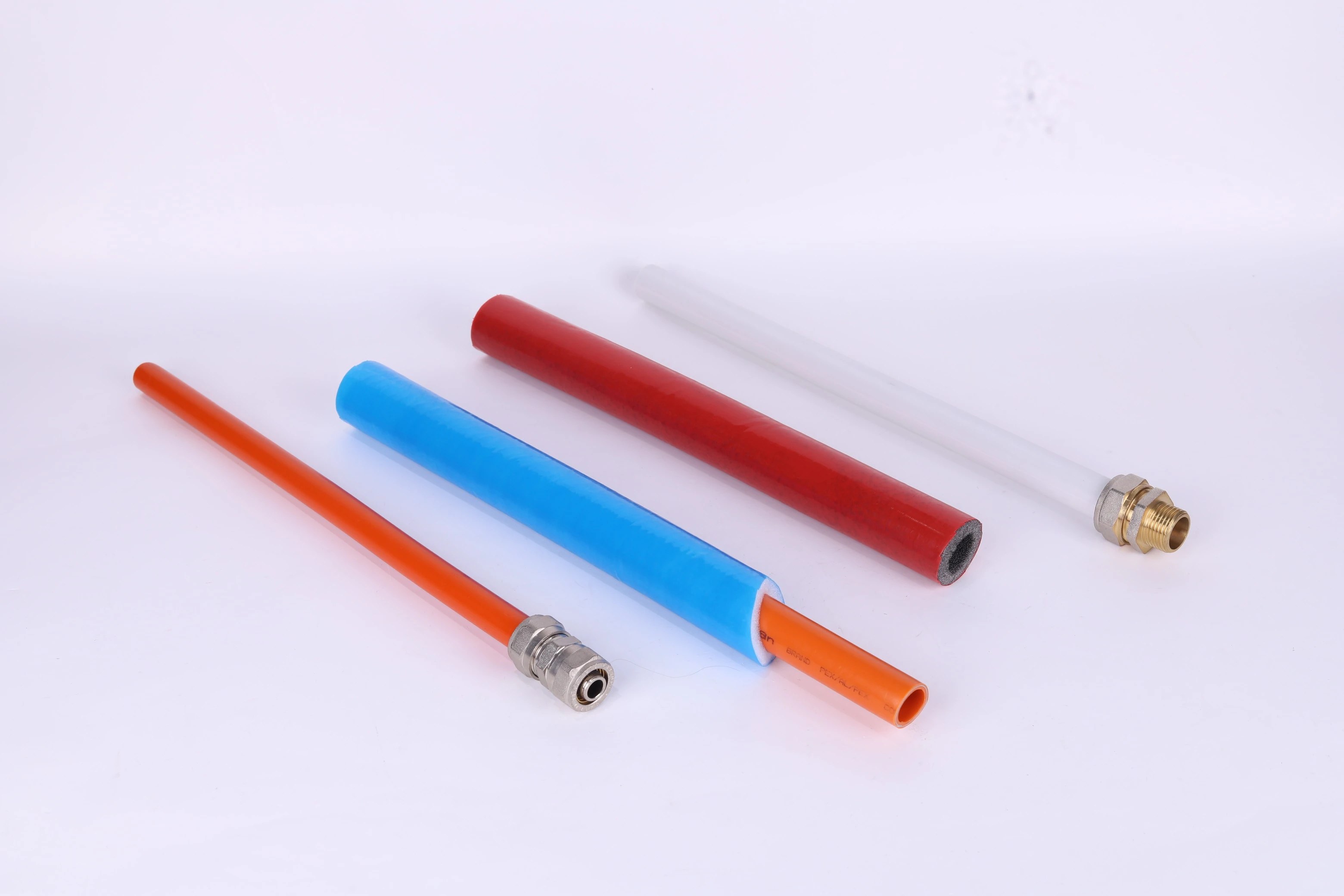Choosing the right PE water pipe fittings determines system performance and longevity. This comprehensive guide covers everything you need to know about selecting polyethylene fittings for your water distribution projects.
Understanding PE Pipe Fitting Types
Compression Fittings Compression fittings offer reliable connections without welding. They work by compressing a sealing ring around the pipe. These fittings suit smaller diameter pipes and temporary installations.
Electrofusion Fittings Electrofusion creates permanent, leak-proof joints. Built-in heating elements melt the pipe and fitting material together. This method provides the strongest connection for high-pressure applications.
Butt Fusion Fittings Butt fusion joins pipes end-to-end using heat. The process creates seamless connections stronger than the pipe itself. Large diameter installations commonly use this technique.
Mechanical Fittings Mechanical fittings use bolts, gaskets, and metal components. They allow easy disassembly for maintenance. These fittings cost more but offer flexibility in system modifications.
Key Selection Factors
Pressure Rating
Match fitting pressure ratings to your system requirements. PE fittings typically handle pressures from 4 to 25 bar. Higher pressure systems need thicker walls and reinforced designs.
Standard pressure classes include:
- PN 4: Low-pressure irrigation systems
- PN 6: Residential water supply
- PN 10: Commercial applications
- PN 16: Industrial and high-rise buildings
- PN 25: Heavy-duty industrial systems
Temperature Considerations
PE fittings perform best between -40°C and 60°C. Extreme temperatures affect material properties. Cold weather makes PE brittle. High temperatures reduce strength and increase flexibility.
Consider seasonal temperature swings in your location. Underground installations maintain more stable temperatures than surface pipes.
Chemical Compatibility
PE resists most chemicals found in water systems. However, certain substances can cause stress cracking or degradation. Check compatibility with:
- Chlorine and disinfectants
- pH levels outside 6.5-8.5 range
- Industrial chemicals
- Fertilizers in irrigation systems

Pipe Diameter and SDR
Standard Dimension Ratio (SDR) indicates wall thickness relative to diameter. Lower SDR numbers mean thicker walls and higher pressure ratings.
Common SDR values:
- SDR 7.4: Highest pressure rating
- SDR 9: Heavy-duty applications
- SDR 11: Standard municipal water
- SDR 13.6: Medium-pressure systems
- SDR 17: Low-pressure irrigation
Installation Environment Impact
Underground Installation Soil conditions affect fitting choice. Corrosive soils require additional protection. Rock and debris can damage thin-walled fittings during backfilling.
Consider groundwater levels and seasonal changes. Floating pipes stress connection points.
Above-Ground Systems UV exposure degrades PE materials over time. Use UV-stabilized fittings or protective coatings. Thermal expansion requires expansion joints and flexible connections.
Wind loads affect elevated installations. Secure mounting prevents stress on fitting connections.
Trenchless Applications Directional drilling and pipe pulling create additional stresses. Use fittings designed for pulling forces. Smooth bore fittings reduce drag during installation.
Quality Standards and Certifications
Look for fittings meeting international standards:
- ISO 4427: PE pipes for water supply
- ASTM F714: PE fittings specifications
- EN 12201: European PE pipe standards
- NSF 61: Drinking water system components
Third-party certifications ensure material quality and performance. Certified products undergo rigorous testing for pressure, temperature, and chemical resistance.
Cost-Benefit Analysis
Initial Investment vs. Lifecycle Costs Higher-quality fittings cost more upfront but reduce maintenance expenses. Cheap fittings often fail prematurely, causing system downtime and repair costs.
Consider these factors:
- Material grade and thickness
- Manufacturing precision
- Certification requirements
- Expected service life
- Maintenance accessibility
Labor and Installation Costs Different fitting types require varying skill levels and equipment. Compression fittings install quickly with basic tools. Fusion welding needs specialized equipment and trained operators.
Factor installation time into project budgets. Complex fittings may require more labor but provide better long-term performance.
Common Selection Mistakes
Oversizing Fittings Larger fittings don’t always mean better performance. Oversized fittings increase costs and may create flow problems. Match fitting sizes to actual system requirements.
Ignoring Thermal Expansion PE expands significantly with temperature changes. Rigid connections can fail under thermal stress. Use expansion loops and flexible joints where needed.
Mixing Incompatible Materials Different PE grades have varying properties. Mixing materials can create weak points in the system. Use consistent material grades throughout your installation.
Professional Installation Recommendations
Proper installation ensures optimal fitting performance. Follow manufacturer guidelines for:
- Pipe preparation and cutting
- Fusion parameters and cooling times
- Torque specifications for mechanical fittings
- Pressure testing procedures
Document installation details for future maintenance. Record fusion parameters, test pressures, and installation dates.
Conclusion
Selecting appropriate PE water pipe fittings requires careful consideration of pressure, temperature, environment, and installation methods. Quality fittings from reputable manufacturers ensure reliable water distribution systems.
Take time to evaluate your specific requirements. Consider both immediate needs and long-term performance goals. Professional consultation can help optimize fitting selection for complex projects.
Remember that proper installation is as important as fitting selection. Invest in quality materials and skilled installation to maximize system reliability and lifespan.













Recent Comments